 "Berang" (berang)
"Berang" (berang)
01/10/2020 at 20:09 ē Filed to: None
 6
6
 7
7
 "Berang" (berang)
"Berang" (berang)
01/10/2020 at 20:09 ē Filed to: None |  6 6
|  7 7 |
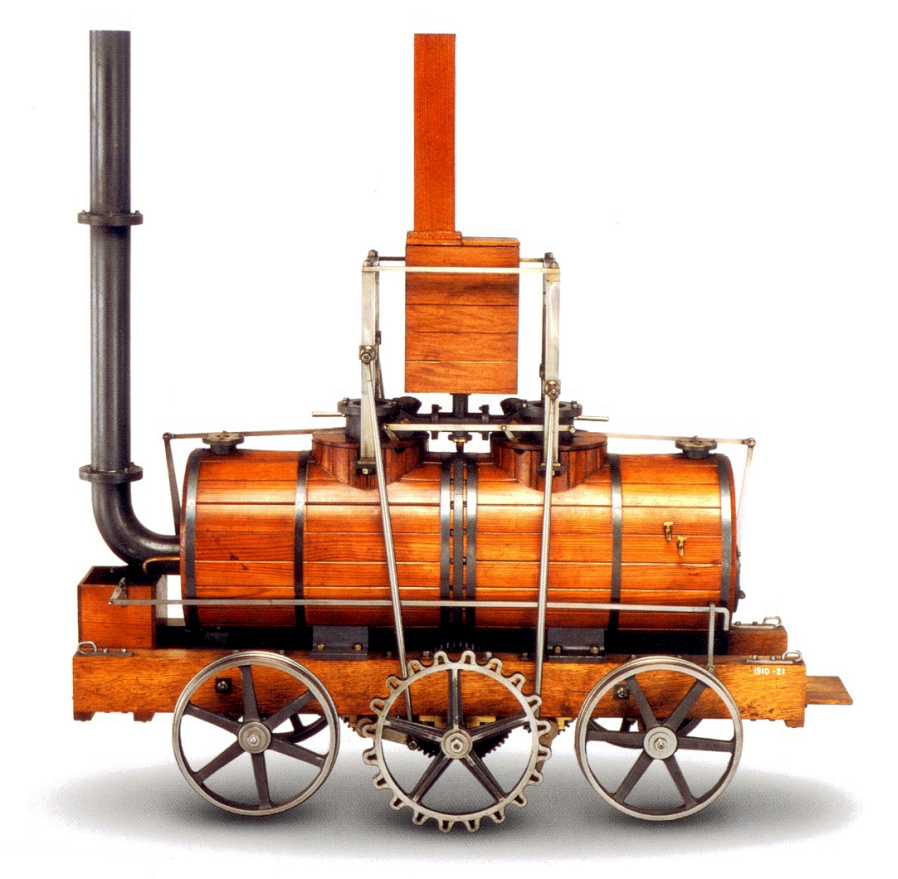
What happens when you have a good idea, but it relies on other good ideas which havenít been invented yet? You work around with the tech you do have. Thatís what happened with the steam locomotive.
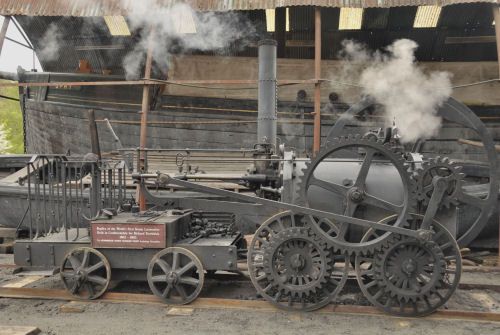
The steam locomotive first appears around 1802 or 1804 depending on your sources. Itís not too important which year is absolutely correct in the context of this topic. But what happened when it was test run is. Trevithickís locomotive, although absolutely tiny by locomotive standards proved too heavy for the cast iron rails then in use. It crushed them under its wheels as it moved along. It couldnít be made lighter, because then it wouldnít be heavy enough to haul wagons behind it. It couldnít be put on springs because there was no way to build springs strong enough for the weight of such a locomotive yet.
So engineers waited for improvements in iron and steel production, to make stronger wrought iron rails, and sturdy steel springs, and the concept of a locomotive was filed away for a couple of decades. Except thatís not what happened at all.
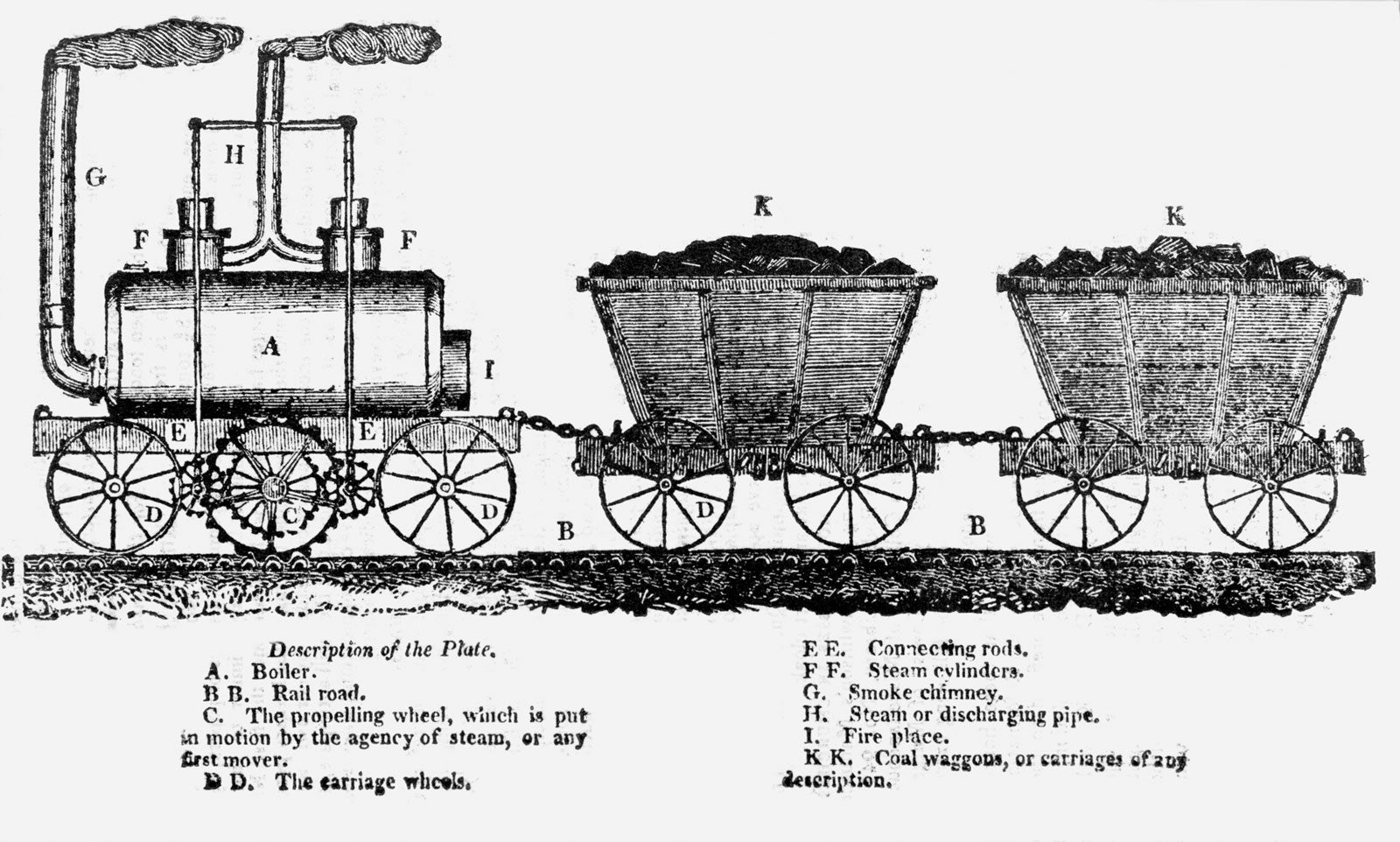
While the idea was shelved for a few years after Trevithickís attempt, the Napoleonic wars raised the prices of horses and feed to the point that developing some sort of mechanical alternative became economically feasible. Blenkinsop came up with a solution for building a workable locomotive without the rails and springs that were needed to support the weight of a machine like Trevithickís (or those of the 1820's and beyond). The locomotive had to be light weight so as not to break the cast iron rails. But it still had to pull tons of wagons, and lacked the necessary adhesion to do so now that it wasnít as heavy. The solution was obvious to Blenkinsop: equip the rails with a rack, and the locomotive with a drive cog. The cog engaged the rack and pulled the train along the tracks. The wheels of the locomotive only had to provide support, not drive, so the machine could be much lighter. It was built into a substantial wooden frame that added some shock absorption without the use of springs.
To save construction costs, the rack was cast directly into the side of the rails, and surprisingly enough some rails and a set of wheels from one of these earliest successful locomotives still exist.
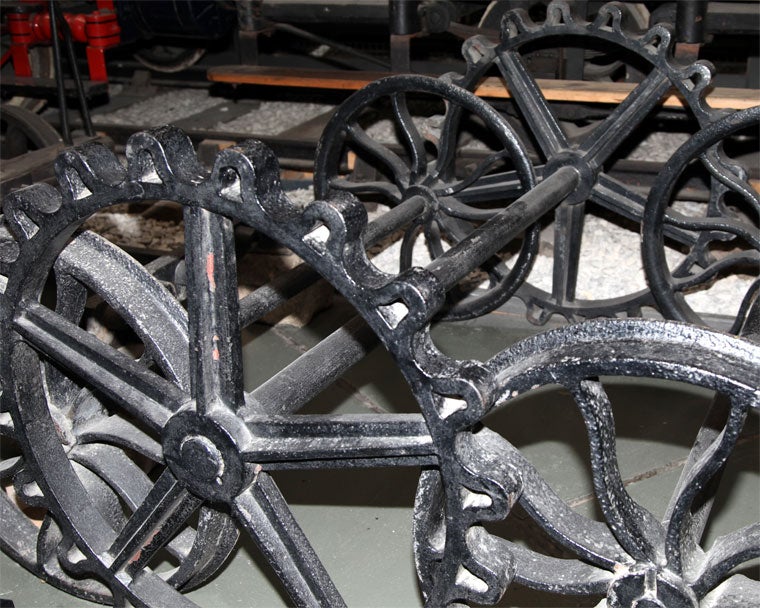
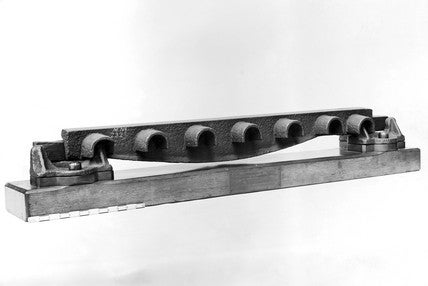
There are obvious mechanical issues with this set up, but some of the engines worked for over a decade, and there were even attempts to build systems of this nature outside of England (although I donít think any of them ran successfully, as building a locomotive in 1812 required machining precision that was difficult if not impossible to obtain outside of England at the time).
It was only a year or too later that another, a more obvious idea was tried: just add more axles to lower the axle loads:
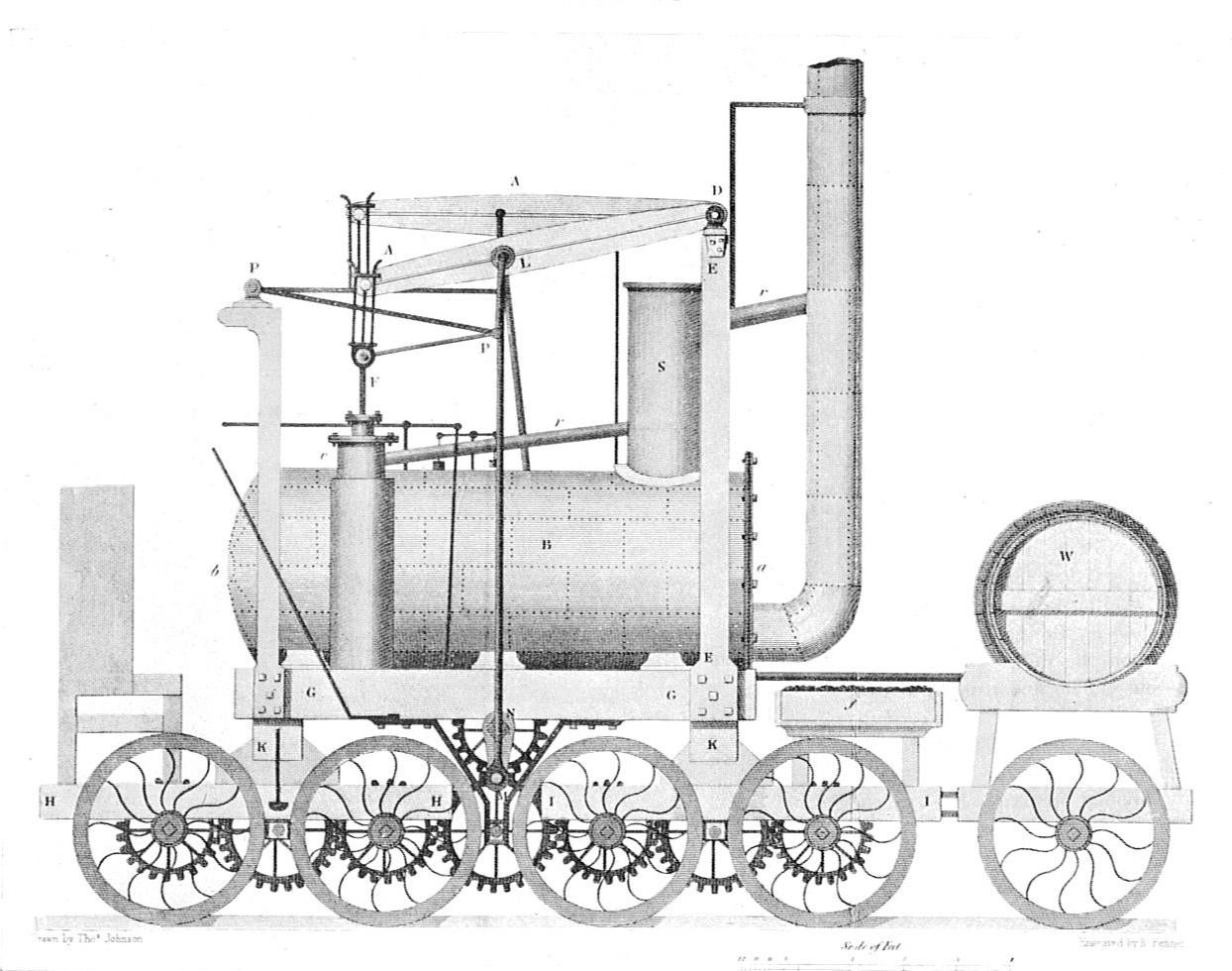
This locomotive, the Puffing Billy was built with eight wheels to spread the weight of the locomotive over more sections of rail. It worked. But as soon as the railway it ran on was relaid with wrought iron rails, it was rebuilt on four wheels. It still exists, and is the oldest complete locomotive preserved today.
So there you have it. The steam locomotive was invented before spring and rail technology was there to (literally) support it. But there were clever workarounds.
 facw
> Berang
facw
> Berang
01/10/2020 at 21:32 |
|
Neat, I did not know that, but it makes sense. Seems like these werenít used in the US. The 1829 Stourbridge Lion was the first steam locomotive to be used in the US (though it did apparently suffer from being too heavy for the tracks)
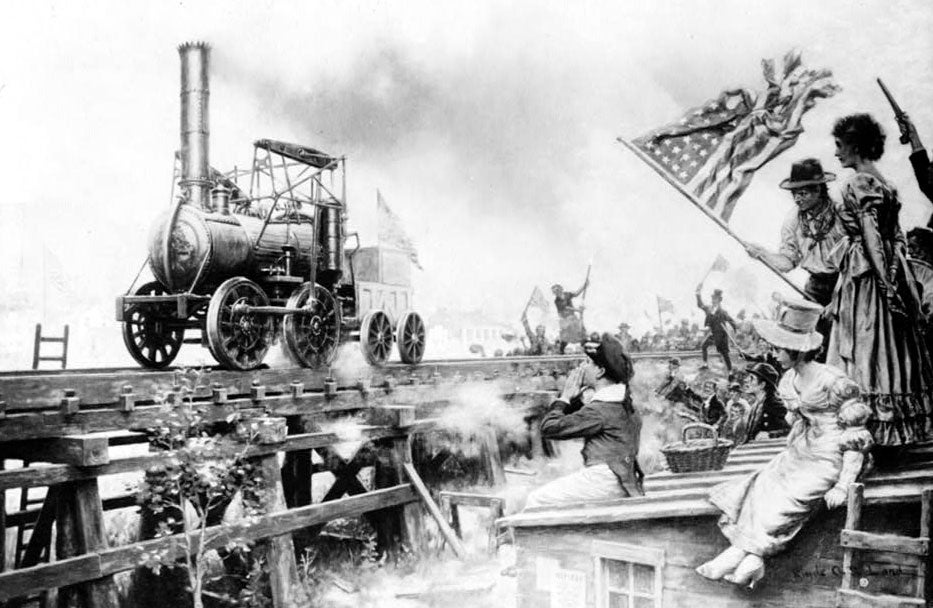
And the 1930 Tom Thumb was the first American-built locomotive:
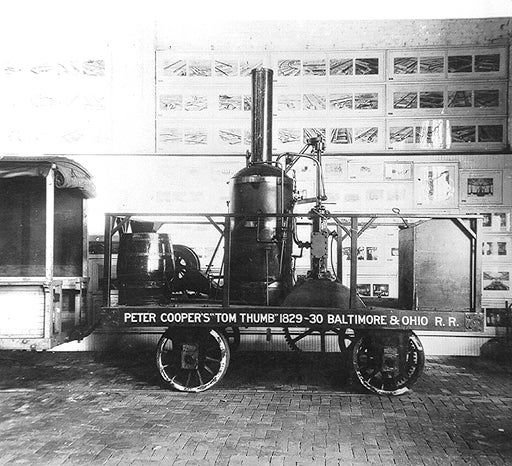
(replica pictured)
 MiniGTI - now with XJ6
> Berang
MiniGTI - now with XJ6
> Berang
01/11/2020 at 06:10 |
|
Those gear wheels made out of bent bar stock are fantastic. Think what they went through to make those !
 Berang
> MiniGTI - now with XJ6
Berang
> MiniGTI - now with XJ6
01/15/2020 at 19:28 |
|
I donít even want to think about it! Building huge machines in a pre-powertool world - itís too mind bending to comprehend.
 Berang
> facw
Berang
> facw
01/15/2020 at 19:30 |
|
I have weird news for you:
https://www.flickr.com/photos/43619751@N06/9471553943
 facw
> Berang
facw
> Berang
01/15/2020 at 19:53 |
|
Hmm, Iím guessing this wasnít counted the stuff I was looking at because it wasnít used by a ďrealĒ railroad, but instead was used privately.
 facw
> Berang
facw
> Berang
01/15/2020 at 19:56 |
|
Also, I did actually know about the Mt. Washington cog railway, I was up at Bretton Woods to go skiing in November †and old engines are scattered all around the town (looking quite broken since they are designed for incline used), but it just didnít register for me when thinking about this because they are newer than these early locomotives.
 Berang
> facw
Berang
> facw
01/16/2020 at 02:42 |
|
Stevens built it to try and sell the idea of a railroad, and though I believe he did eventually get funding for the railroad, they used horses instead of steam power. Still a pretty interesting footnote in †American railroad history.
Steven also built a propeller driven steamboat after seeing Fitchís and Fultonís paddle steamers. Why it was forgotten, and the propeller ďinventedĒ again several decades later, I donít know.